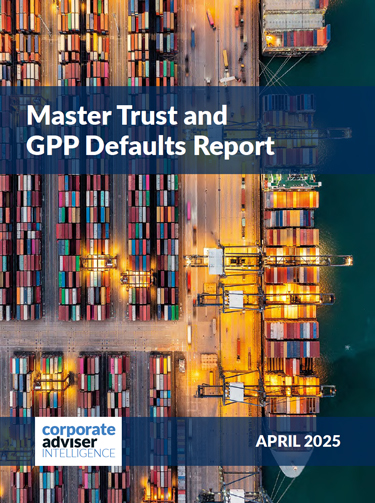Legal & General paid out £320.4m in claims across its group risk business in 2022. This covered claims on its group life, group income protection and group critical illness policies.
Legal and General said its early intervention and vocational rehabilitation services helped one in five UK employees return to work before any claim was due on a GIP policy.
In total L&G’s clinical team carried out 7,155 assessments during 2022. In addition to this the insurer funded 3,219 session for claimants suffering from physical and mental health conditions, with their physiotherapy and psychological healthcare partners. This was a significant increase on the 2,509 session funded in 2021.
It says 92 per cent of employees with GIP mental health claims and 80 per cent with GIP musculoskeletal claims were able to return to work between the time when they were first absent and when a claim became payable – normally referred to as the deferred period, which is often 6 months.
In total 3,893 employees were referred to Legal & General’s early intervention services between 4 weeks and 6 months of absence due to illness or injury, representing 69 per cent of total absences referred within that timeframe in 2022.
Meanwhile 2,509 employees in long-term absence of more than 6 months were referred to Legal & General’s vocational rehabilitation services as part of the proactive claims management model enabling people to thrive at work. This represented 36 per cent of total absences of 26 weeks or more during 2022.
Legal & General says the ongoing strength of these rehabilitation and early intervention services are testament to its framework of wellbeing support which takes a ‘whole-person’ philosophy — helping intermediaries and employers join the dots between the four pillars of wellbeing — physical, mental, financial and social.
Legal & General Group Protection claims and governance director, Vanessa Sallows says: “ 2022 saw good outcomes for Legal & General’s Group Protection customers. We’ve provided financial peace of mind when people need it most. We’ve helped break down barriers to wellbeing, helping more people access the support they need in a way that works for them; using technology to complement the human aspects of the service we provide.”





